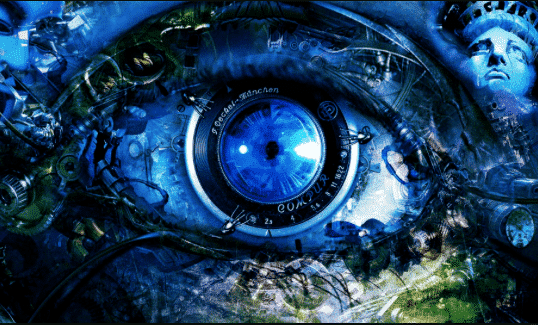AI's Morose Mania
The more excited we are as developers, the more we have to worry about knowledge workers

This post shows someone expressing disappointment with some future predictions given by Kurzweil back in 1999. Here they are as documented by the poster:
Individuals primarily use portable computers
Portable computers have dramatically become lighter and thinner
Personal computers are available in a wide range of sizes and shapes, and are commonly embedded in clothing and jewelry, like wrist watches, rings, earrings and other body ornaments
Computers with a high-resolution visual interface range from rings and pins and credit cards up to the size of a thin book. People typically have at least a dozen computers on and around their bodies, which are networked, using body LANS (local area networks)
These computers monitor body functions, provide automated identity to conduct financial transactions and allow entry into secure areas. They also provide directions for navigation, and a variety of other services.
Most portable computers do not have keyboards
Rotating memories such as Hard Drives, CD roms, and DVDs are on their way out.
Most users have servers on their homes and offices where they keep large stores of digital objects, including, among other things, virtual reality environments, although these are still on an early stage
Cables are disappearing
The majority of texts is created using continuous speech recognition, or CSR (dictation software). CSRs are very accurate, far more than the human transcriptionists, who were used up until a few years ago
Books, magazines, and newspapers are now routinely read on displays that are the size of small books
Computer displays built into eyeglasses are also used. These specialized glasses allow the users to see the normal environment while creating a virtual image that appears to hover in front of the viewer
Computers routinely include moving picture image cameras and are able to reliably identify their owners from their faces
Three dimensional chips are commonly used
Students from all ages have a portable computer, very thin and soft, weighting less than 1 pound. They interact with their computers primarily by voice and by pointing with a device that looks like a pencil. Keybords still exist but most textual language is created by speaking.
Intelligent courseware has emerged as a common means of learning, recent controversial studies have shown that students can learn basic skills such as reading and math just as readily with interactive learning software as with human teachers.
Schools are increasingly relying on software approaches. Many children learn to read on their own using personal computers before entering grade school.
Persons with disabilities are rapidly overcoming their handicaps through intelligent technology
Students with reading disabilities routinely use print to speech reading systems
Print to speech reading machines for the blind are now very small, inexpensive, palm-size devices that can read books.
Useful navigation systems have finally been developed to assist blind people in moving and avoiding obstacles. Those systems use GPS technology. The blind person communicates with his navigation system by voice.
Deaf persons commonly use portable speech-to-text listening machines which display a real time transcription of what people are saying. The deaf user has the choice of either reading the transcribed speech as displayed text or watching an animated person gesturing in sign language.
Listening machines cal also translate what is being said into another language in real-time, so they are commonly used by hearing people as well.
There is a growing perception that the primary disabilities of blindness, deafness, and physical impairment do not necessarily. Disabled persons routinely describe their disabilities as mere inconveniences.
In communications, translate telephone technology is commonly used. This allow you to speak in English, while your Japanese friend hears you in Japanese, and vice-versa.
Telephones are primarily wireless and include high resolution moving images.
Heptic technologies are emerging. They allow people to touch and feel objects and other persons at a distance. These force-feedback devices are wildly used in games and in training simulation systems. Interactive games routinely include all encompassing all visual and auditory environments.
The 1999 chat rooms have been replaced with virtual environments.
At least half of all transactions are conducted online
Intelligent routes are in use, primarily for long distance travel. Once your car’s computer’s guiding system locks on to the control sensors on one of these highways, you can sit back, and relax.
There is a growing neo-luditte movement.
I think the reason these predictions fail, and many similar types of predictions I’ve made myself, is that we as intellectuals and optimists think other people work the same way we do. We make a faulty assumption that it just takes a little progress before people will catch on and see the benefits of a given type of progress–and that then they’ll take notice and give resources to accelerate the pace of advancement.
That’s fantasy.
Reality has within it an inherent friction to progress, and all optimists underestimate the resting inertial mass of "it’s how we’ve always done it". And as much as we, as optimists and futurists, are able to logically accept this as a real obstacle, we still fail to take it into account when we give predictions about the future.